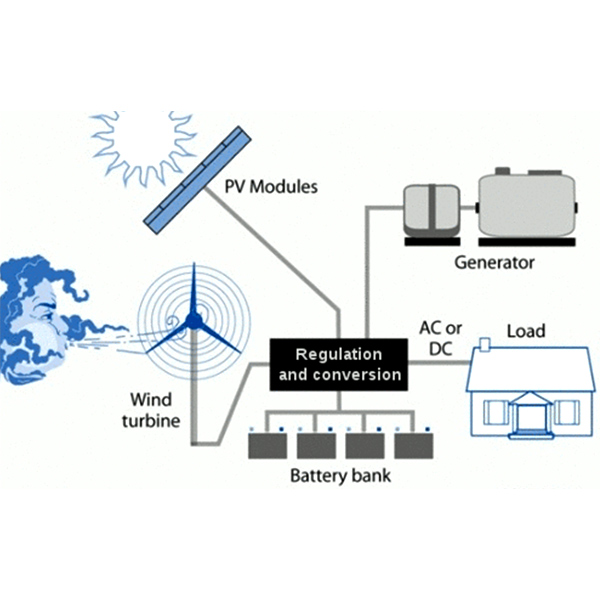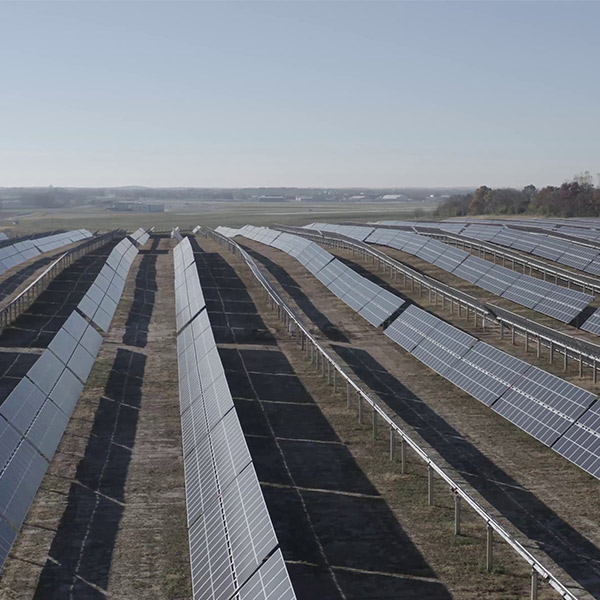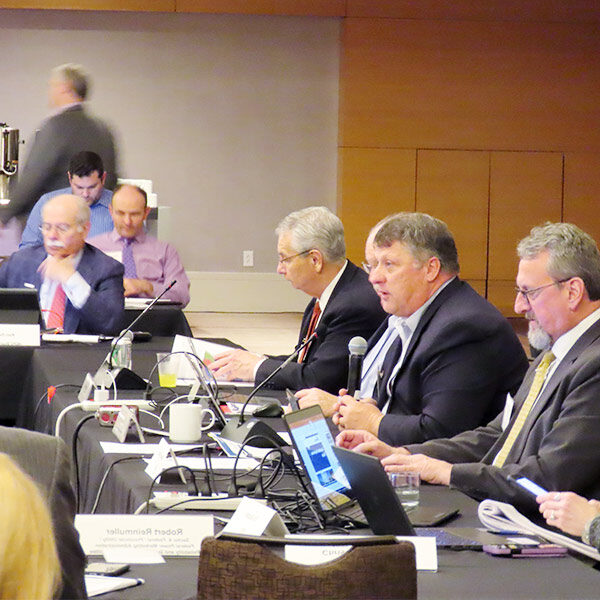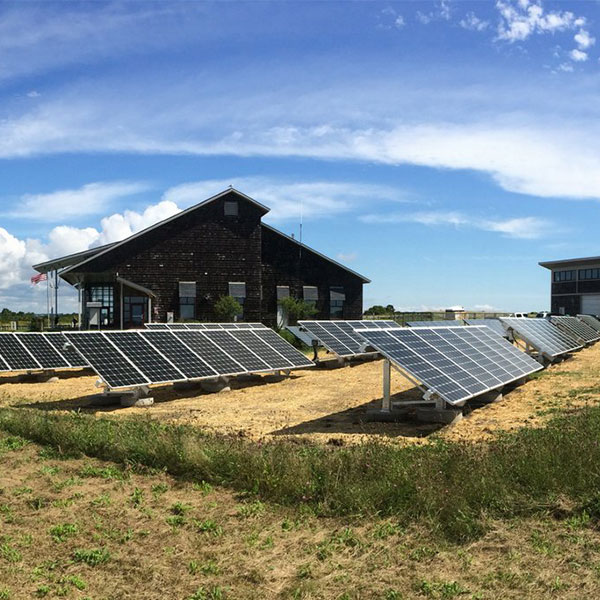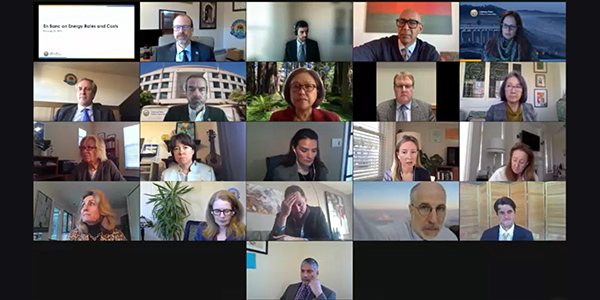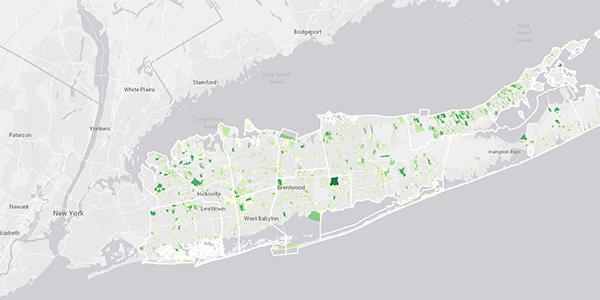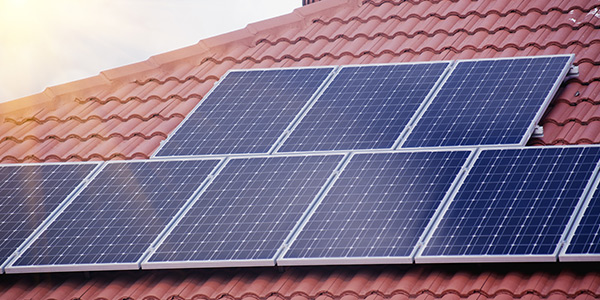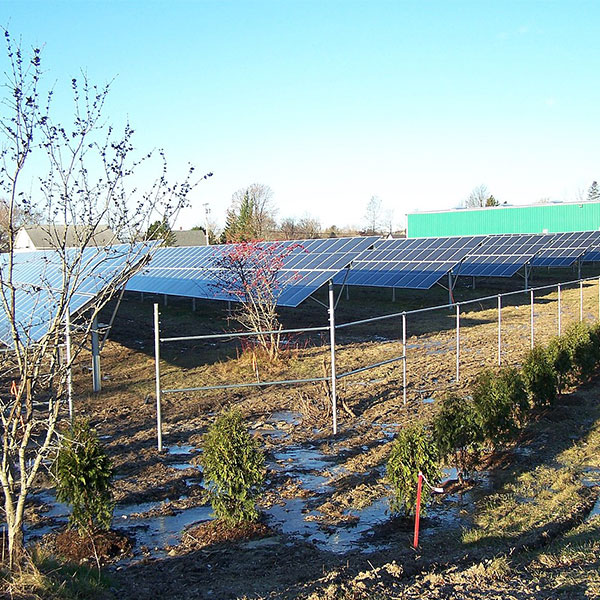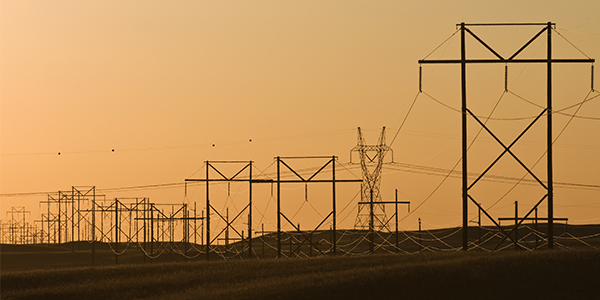Distributed Energy Resources (DER)
NYISO kicked off an effort to create a market participation model for hybrid storage aggregation resources.
Distributed energy resources will function best in MISO’s markets if aggregations are limited to a single pricing node, RTO officials said.
NERC’s Reliability and Security Technical Committee took a number of actions regarding DER standards and committee subgroups in a two-day meeting.
The Rhode Island PUC rejected a proposal from National Grid to remove barriers for low-income customers to access clean energy.
California’s energy policy leaders came together to weigh the potential impact of the state’s sharply rising electricity rates on its electrification goals.
Electricity industry experts wrestled with how the Midwest grid can fully decarbonize while facing increasingly common extreme weather events.
Long Island, N.Y. has the potential solar capacity to produce more electricity than it needs, but there are barriers to making that potential a reality.
A plan to build small community solar projects and reduce electric bills for some low-income residents in Nevada is facing pushback from consumer advocates.
The Maine Public Utilities Commission opened an investigation into the design and operation of the state’s electric distribution system.
A NARUC-NASEO task force released a suite of transmission planning resources designed to help stakeholders unify their processes.
Want more? Advanced Search
